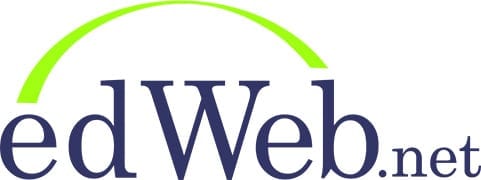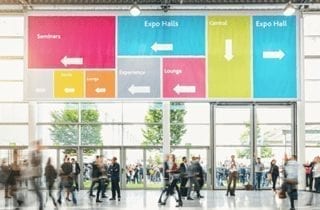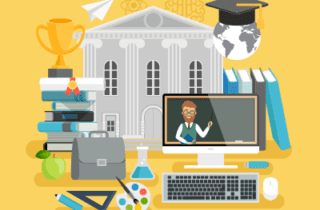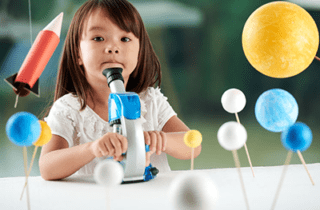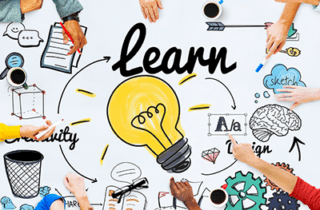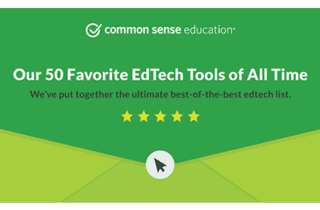Attending trade shows seems like an absolute must for educational publishers; the cost, personnel, and logistics can be obstacles for even the larger companies. But going shouldn’t be booth or bust, though. In a new edWeb series Making the Most Out of Trade Shows, industry veterans discussed key factors in deciding when and where to go and how to make sure events support your company’s overall plan.
With all of the digital tools available to teachers these days, developing learning experiences should be a cinch, right? While virtual resources abound, the systems are not coordinated enough to fully address teachers’ curriculum-design needs and to support them as they help students build a coherent body of knowledge. But there are solutions, some already in place that are making it easier to design quality curricula that truly benefit learners.
Rural school districts face many unique trials, and access to educational technology is no different. But the obstacles aren’t just about location. In many cases, school leaders need to justify why the district should invest in the first place. During the edWebinar “Technology in Rural Schools: Leading with Why,” the presenters discussed how they overcame challenges and helped the community understand the value of tech in schools.
Preparing young children for jobs that haven’t been invented yet may sound like a difficult task for educators, but a recent edWebinar showed how preK and kindergarten teachers can start developing the skills needed for future careers. Marnie Forestieri, the CEO of Young Innovators, and Debby Mitchell, Ed.D., a Young Innovators curriculum writer, explained the process for creating lesson plans that include projects introducing science, technology, engineering, arts and math (STEAM), noting that “STEAM happens naturally in young children as they explore and investigate the world around them.”
“Don’t call it professional development—call it professional learning.” Jill Abbott Sr. Vice President and Managing Director at SIIA, made this statement in a recent edWebinar, with Jeff Mao, CEO, Edmoxie LLC, Bruce Umpstead, Director of State Programs at IMS Global Learning Consortium, and Ilya Zeldin, Founder and CEO of 2gnoMe. The panelists recommended that educational leaders take a deep breath and recognize that there is a crisis happening in our districts. There are a vast plethora of people who could be the best teachers ever, yet they don’t want to be in the profession. It is not easy for teachers to thrive and to grow when teacher professional development is irrelevant, generic, and unsustainable. A familiar comment by teachers regarding district or school-wide professional development is, “Well, we’re just going to ride this one out because it is going to change in two years or when we get a new administrator.” The panelists suggest that if “we can get the professional development piece done collaboratively with teachers, not at teachers, maybe we can retain and recruit highly qualified engaging and innovative educators.
The research that came out of a recent white paper highlights the issues around the increasing crisis in adolescent mental health. In a recent edWebinar, the presenters emphasized the need for school districts “to intervene with students as quickly as possible to keep them safe.”
A critical topic for schools, communities, and most importantly, our students, is what teachers do in the classroom to nurture ALL students, create a sense of belonging, and keep educational standards high. Only then can students, especially immigrant students and students of color, meet their potential and succeed in school and beyond. During a recent edWebinar, the presenters underscored that when schools make generalizations about particular student populations and their behavior, they strip them of their individuality, and these students become “invisible.”
As schools and districts strive to meet their existing technology needs and prepare for the future, access to federal and state funding, along with other grants, is making a major difference in whether students engage in 21st century learning or are left behind. And with online assessments now being required in many states, reliable broadband access is also essential so that students’ knowledge and skills are accurately represented, and technology is not a barrier to achievement and its documentation.
At Common Sense Education, the edtech reviewers have seen it all. And to help teachers navigate the plethora of materials for the digital classroom, Tanner Higgin, Director of Education Editorial Strategy at Common Sense Education, presented “50 Top Edtech Tools for the Classroom.” Below are some of Higgin’s favorites.
Despite universal concerns about student data privacy, communicating school policies can quickly overwhelm school leaders. CoSN has stepped in with guidance for superintendents and principals to help them with several aspects of student data privacy, including best practices for informing the community. In their edWebinar “Assuring Student Data Privacy: Lessons for Our Times,” presenters offered insights into how school leaders can take charge of communications for this critical issue.

